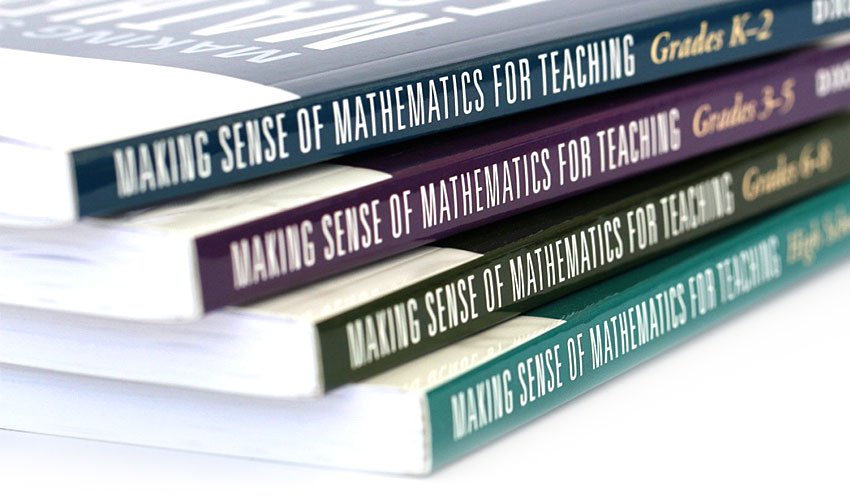Help your students overcome their math anxiety
Building fluency with basic math facts doesn’t have to be about using rote memorization or time-driven standards. Foster a more supportive learning environment for your students with reasoning, sense-making, and engaging teaching strategies.
DNA Mathematics white papers
Building Multiplication Fact Fluency through Reasoning
This free white paper reveals six tactics that comprise the 20-week Fact Tactics™ Fluency Program and a structure for developing multiplication fact fluency to prepare students for algebra without increasing math anxiety. With the right strategy, you can implement this in your classrooms, schools, or districts.
Ready to start improving mathematics teaching and learning? Take the first step by downloading the Building Multiplication Fact Fluency through Reasoning white paper created by Juli K. Dixon.

What does it mean to teach mathematics with focus, coherence, and rigor, and how is it achieved?
When mathematics achievement just isn’t adding up, we can help you improve your results. Built on proven best practices, and based on decades of firsthand classroom experience, DNA Mathematics focuses on enhancing the knowledge, skills, and effectiveness of mathematics teachers so students can receive the best education possible.
Ready to start improving mathematics teaching and learning? Take the first step by downloading the What Does it Mean to Teach Mathematics with Focus, Coherence, and Rigor, and How is it Achieved? white paper created by Juli K. Dixon, Edward C. Nolan, and Thomasenia Lott Adams.


On-Site Professional Development
Bring DNA Mathematics experts to your school or district for a deep dive into relevant mathematics content, effective pedagogical actions, appropriate classroom norms, meaningful assessment, and collaborative teacher team efforts.

Books & Videos
Our Making Sense of Mathematics for Teaching series comes complete with two video episodes for each chapter.
This modeling of good mathematics teaching provides opportunities for teachers to discuss what is happening in their own classrooms with the same mathematical content.

